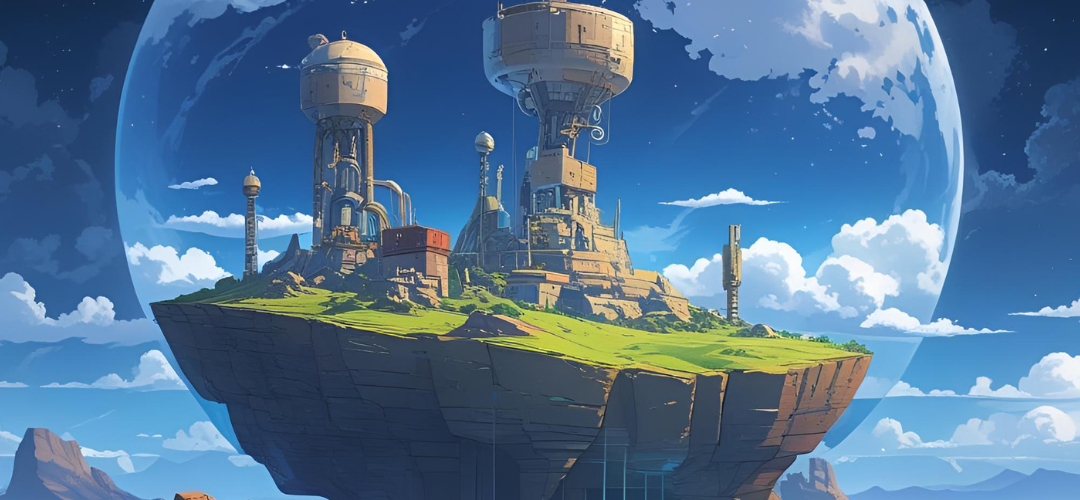As technology evolves at an unprecedented pace, Microsoft has hinted at a radical shift in the way we engage with our operating systems. According to the tech giant, the future of Windows is set to transform the user experience so dramatically that today’s interfaces may soon feel foreign. This bold assertion invites us to explore the implications of such changes and what they might mean for users everywhere.
Historically, Microsoft has consistently adapted its products to meet the changing needs of consumers, but the upcoming iteration of Windows seems poised to catalyze a more profound transformation. Drawing on advancements in artificial intelligence, cloud computing, and user interface design, the next generation of Windows could offer features and functionalities that are not just incremental improvements, but rather an overhaul of the entire user experience.
One compelling idea is the integration of more intelligent systems that anticipate user needs. Imagine an operating system that can analyze usage patterns and provide suggestions for tasks, automate routine processes, or even adapt its layout based on how you work. This level of personalization could redefine productivity, turning what was once a static interface into a dynamic and responsive tool tailored specifically for individual users.
Moreover, with the rise of immersive technologies such as virtual reality (VR) and augmented reality (AR), the next generation of Windows could see a convergence of the digital and physical worlds. User interfaces that rely on gestures, voice commands, and visual cues might render traditional mouse-and-keyboard setups obsolete. This could lead to a dramatically different interaction model, making computing more intuitive and accessible.
In addition to interaction styles, the idea of a more cloud-centric Windows experience is also gaining traction. As applications and data migrate towards the cloud, users will likely have the ability to access their files and programs seamlessly across devices. This frictionless experience, supported by robust cloud infrastructure, could blur the lines between desktop and mobile usage, fostering a more integrated digital lifestyle.
The design aspects of Windows are also expected to undergo significant changes. As aesthetics play a critical role in user satisfaction, we could witness a shift towards more minimalist and adaptive design, enhancing not just functionality but also visual appeal. The operating system could embrace fluid layouts that adjust based on the device being used, whether it’s a traditional PC, a tablet, or smart devices integrated into everyday life.
However, with these advancements comes the imperative for Microsoft to address potential challenges. While the idea of a futuristic Windows is exciting, it raises questions about user adaptation and learning curves. Will users embrace such radical changes, or will there be resistance to moving away from familiar interfaces? Microsoft will need to find a balance between innovation and usability to ensure a smooth transition for users.
In conclusion, the future of Windows presents a thrilling prospect for both ordinary users and tech enthusiasts alike. As Microsoft hints at a future where today’s operating systems may feel alien, it invites us to imagine a world where technology is not just a tool, but a seamless extension of our daily lives. The potential is vast, but it will be crucial for Microsoft to navigate this transformation thoughtfully to retain its user base while ushering in a new era of computing. As we look forward to this evolution, one thing is certain: the landscape of personal computing is on the brink of a monumental change.





Add comment